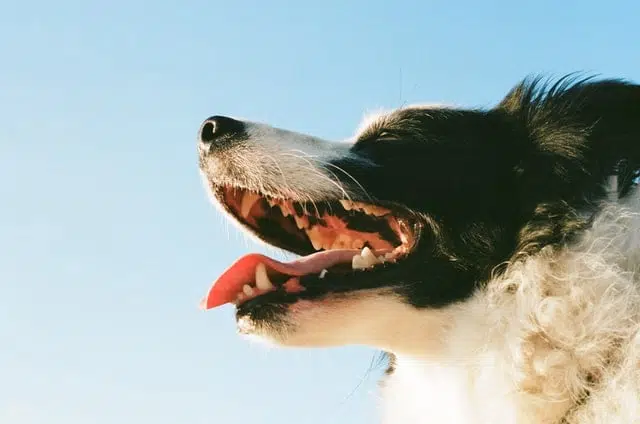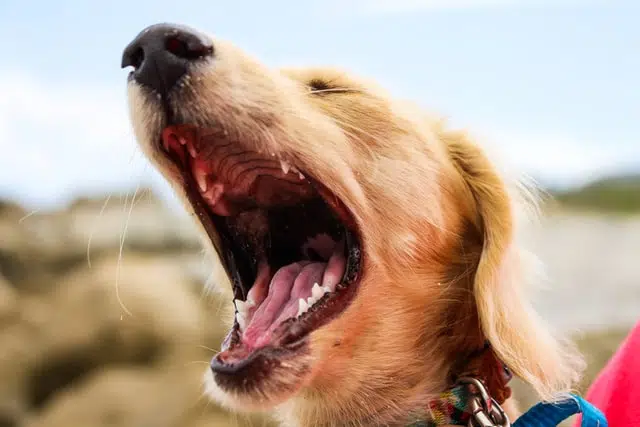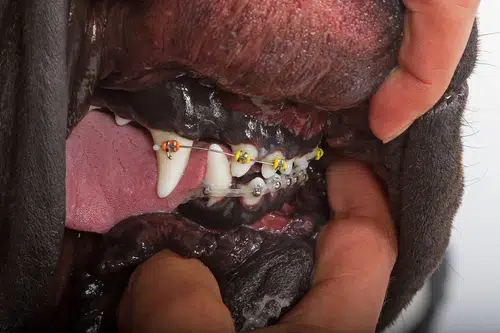Home » Blog » Pet » Pet Health & Safety » Could Your Pup Need Braces?
Categories
Tags
animal welfare
breed profile
buying a car
buying a pet
Car
car accessories
car care
car features
car insurance
Car safety
car sales
car service
cat
cat behaviour
cat body language
Cat Breeds
cat food
cat insurance
comprehensive car insurance
Dog
Dog Behaviour
dog body language
Dog Breeds
dog food
Dog Insurance
dog training
eco friendly cars
Kitten
New Car
pet accessories
pet activities
Pet Adoption
pet breeders
pet days of the year
pet fun stuff
Pet Health
pet insurance
pet parenting
Pet Safety
pet services
Puppy
rescue pets
road safety
road trip
safe driving
Recent Blog:
Facebook Posts
6 hours ago
Are intestinal worms setting up camp in your dog’s gut without paying rent? Here’s how to spot the main culprits and get rid of them too:![]()
![]() Preventing, Identifying and Treating Intestinal Worms in Dogs - bit.ly/43YjCKu
... See MoreSee Less
Preventing, Identifying and Treating Intestinal Worms in Dogs - bit.ly/43YjCKu
... See MoreSee Less
Preventing, Identifying and Treating Intestinal Worms in Dogs
www.pd.com.au
Intestinal worms, such as roundworms in dogs are one of the least glamorous topics on the planet. These intestinal parasites that basically use our dogs
PD Insurance
with Dogs West.
2 days ago
We enjoyed meeting #breeders #doglovers and members at the Dogs West Open Day. Special thanks to our partner Dogs West for organising an incredible event. There is still time to enter our pawsome competition. Click here for details: bit.ly/4covyce![]() #PDinsurance #dogswestopenday #dogswest
... See MoreSee Less
#PDinsurance #dogswestopenday #dogswest
... See MoreSee Less
2 days ago
Did you know? The Manx is a breed that is known for its lack of a tail, which is caused by a genetic mutation.
... See MoreSee Less
We’re pretty sure you’re looking at the dog braces in this picture and thinking “humans really have gone too far this time!” Luckily, it’s not some kind of new fad or fashion statement for dog teeth. Veterinary dentists have used dog braces for around 40 years and they’re sometimes necessary to help with painful or life-threatening dental problems.
Dog braces aren’t for cosmetic purposes, they’re to help pups with uncomfortable, painful, or dangerous orthodontic issues. With Dental Health Week in Australia having just fallen, we’ve decided to delve into the why and when of braces for your pup.

Dog braces and dog dental health
There are various reasons why a dog may need braces.
The first is malocclusion. The ideal bite in dogs and humans is a “scissor bite” – where the incisor teeth in the upper jaw are in contact with, but slightly overlap, the teeth in the bottom jaw. Malocclusion is when there’s misalignment in the bite.
This can cause your pup difficulty or discomfort when eating or chewing, as well as injury to the gums, palate, cheeks, or other teeth. It can also lead to excessive tartar and calculus build up.
Another doggie orthodontic issue is linguoversion – when your pup’s teeth are pushed back towards the tongue. In this position, their teeth may rub against the roof of their mouth.
At best, it will cause them major discomfort. At worst, their teeth could poke holes in the roof of their mouth, leading to ongoing and serious sinus infections.
Here are some other doggie dental issues that could need braces:
- An overbite, when the lower jaw is shorter than the top
- An underbite, where the top jaw is shorter than the lower jaw
- Lance teeth, when the upper canines point out rather than down
- Overcrowding, when a dog’s baby teeth fail to fall out properly as their adult teeth come in. This can lead to infections
- In extreme cases, a dog may need braces if part of their jaw has been removed for cancer treatment

Fitting dog braces
Dog braces may include plates and bands, and your pup may need to wear them for six to 12 months. Fitting and managing dog braces is an extensive process, and your vet is unlikely to resort to this method unless it’s medically necessary to improve pain.
Luckily for your pup, they’ll be put under anaesthesia to fit their braces (unlike humans who undergo the whole ordeal awake!). Anaesthesia can have a powerful effect on dogs, so your vet will want to assess that your pup is healthy enough to go under.
While under anaesthesia, they’re likely to also do an X-ray and dog teeth cleaning, if needed. After they get braces, it’s vital to regularly and thoroughly brush your pup’s teeth. You should be doing this anyway, as the cost of dog dental health can be high. Read here about dog teeth cleaning to find out the nitty gritties of keeping your dog’s smile healthy.
Depending on how fast your dog’s teeth move, they may have to go through several appointments before their dental issue is corrected.
Check out this Goldie called Wesley who got internet famous when his pet parents posted a pic of him online wearing braces…
By the way, read our article about pet dental insurance and what’s covered if you’re wondering how to afford various dental treatments.
When do I know my dog needs braces?
Now that you’ve read all this, you’re probably wondering if your dog may need braces. Luckily, it will be quite obvious if they do. Dental issues are usually apparent in puppies when they’re around four to six months of age and their adult teeth come in.
If your pup regularly drops their food, can’t chew properly, doesn’t like when you touch their head or mouth, or has any clear and noticeable teeth sticking out, it’s time to consult a veterinarian. They’ll conduct a full physical and dental exam and can point out any issues to you.
They may refer you to a veterinary dentist who specialises in canine orthodontia. Even if you’re sceptical about dog braces, it’s always a good idea to at least consult with a veterinary dentist to learn about treatment options and ask questions.
Insurance that will make your pup smile
About 80% of dogs and cats in Australia over the age of three years have some form of dental disease. Do you have the right cover for doggie dental issues?
PD Insurance’s Deluxe dog insurance plan includes cover (up to the defined benefit limit) for abscesses and gingivitis. It also covers tooth removal where medically required for cavities, fractures, and dental disease as a result of infection and retained deciduous teeth. Why not get a quote today?
Share On:




